


Jan 20, 2025
-
By Ivan
In an age of fast-moving goals, changing market demands, and growing stakeholder expectations, one tool remains essential for project success: the project roadmap.
A project roadmap is more than just a timeline; it is a strategic blueprint that outlines the high-level objectives, key milestones, and dependencies of a project. Unlike detailed project plans, a roadmap gives an at-a-glance view that aligns stakeholders, clarifies direction, and supports strategic decision-making throughout the project lifecycle.
In this blog, we'll explore the project roadmap advantages that make this tool invaluable for teams of all sizes and industries.
Strategic planning requires both project management and a project roadmap. According to statistics, only 45% of companies that used PM tools could get all or most of the desired outcomes. This is why planning a comprehensive project roadmap using the right project management tool is essential.
But first, what is a project roadmap?
A project roadmap is a high-level, graphic depiction of a project's primary goals, benchmarks, and general orientation. Acting as a strategic guide guarantees that everyone stays focused on shared objectives and offers teams and stakeholders clarity and alignment.
Project roadmap sample from PowerSlides
The main elements of a project road map consist of:
Unlike a project plan, which explores minute specifics such as task assignments and deadlines, a roadmap offers a more all-encompassing view, emphasizing "what" must be accomplished rather than "how" to do it. This difference makes long-term project success and strategic alignment dependent on roadmaps.
More than just a planning tool, a well-written project roadmap is a strategic instrument that propels clarity, alignment, and flexibility throughout a project's lifetime. Roadmaps enable teams and stakeholders to collaborate closely toward common goals by providing a clear, high-level perspective of objectives and benchmarks.
One of the biggest advantages of using a project roadmap is the clarity it brings. With clearly defined goals, phases, and milestones, teams get a unified sense of direction.
Benefits:
Roadmaps foster a culture of alignment—something that's crucial in large cross-functional projects or fast-paced environments.
When you map out dependencies and timelines visually, it becomes easier to identify potential bottlenecks or risks.
Benefits:
A well-maintained roadmap gives managers the foresight to pivot early, saving both time and budget.
Knowing what’s ahead helps teams allocate resources—people, tools, and time—more effectively.
Benefits:
This is especially helpful for agile teams juggling multiple sprints or organizations running multiple projects in parallel.
Stakeholders—whether internal executives or external clients—want to know where a project stands. A visual roadmap makes this easy.
Benefits:
When stakeholders feel informed and involved, they are more likely to support the project’s success.
Unlike rigid project plans, roadmaps are designed to evolve. This adaptability is one of the key project roadmap advantages.
Benefits:
As business needs change, a dynamic roadmap helps keep teams aligned with new goals without derailing the entire project.
Having a roadmap is not enough—it needs to be well-managed and team-centric to unlock its full value.
Choose software that supports visual, editable roadmaps. Tools like Asana, Trello, or Kroolo enable drag-and-drop timelines and dynamic updates.
Focus on big-picture phases and goals. Don’t overload your roadmap with granular details; that’s what task boards and Gantt charts are for.
Set a cadence—weekly or bi-weekly—to review and revise the roadmap based on new developments or stakeholder input.
Engage stakeholders when drafting the roadmap to ensure their expectations align with the project plan.
Each milestone should contribute to an overarching business goal. This connection ensures ongoing executive support.
Versatile tools used across many sectors to simplify processes, improve communication, and reach strategic objectives are project roadmaps. Three actual case studies illustrating their influence follow here:
Example 1: Software development projects
Roadmaps give Agile and Scrum processes a high-level perspective of feature releases, sprints, and deadlines. They let developers and product managers coordinate priorities, control iterative cycles, and change plans in response to stakeholder comments or sprint evaluations.
Example 2: Marketing campaigns
Coordinating cross-functional teams engaged in significant campaigns depends critically on roadmaps. Teams remain synced by precisely planning deadlines for deliverables like content production, ad placement, and product introductions, minimizing bottlenecks and guaranteeing timely performance.
Example 3: Construction and infrastructure projects
Visual roadmaps help complex projects properly control dependencies and benchmarks. Roadmaps, for instance, help construction managers specify critical stages like site preparation, building, and inspections, guaranteeing effective use of resources and meeting deadlines.
Developing good roadmaps and guaranteeing flawless execution depends on selecting the correct project management tool. Given lots of choices, knowing your particular demands and assessing essential criteria will help you to choose more easily.
It is impossible to overestimate the importance of software in this process since it connects strategic vision with practical planning. Leading project management software makes creating and implementing roadmaps easier, making it a vital tool for teams looking for flexibility and efficiency.
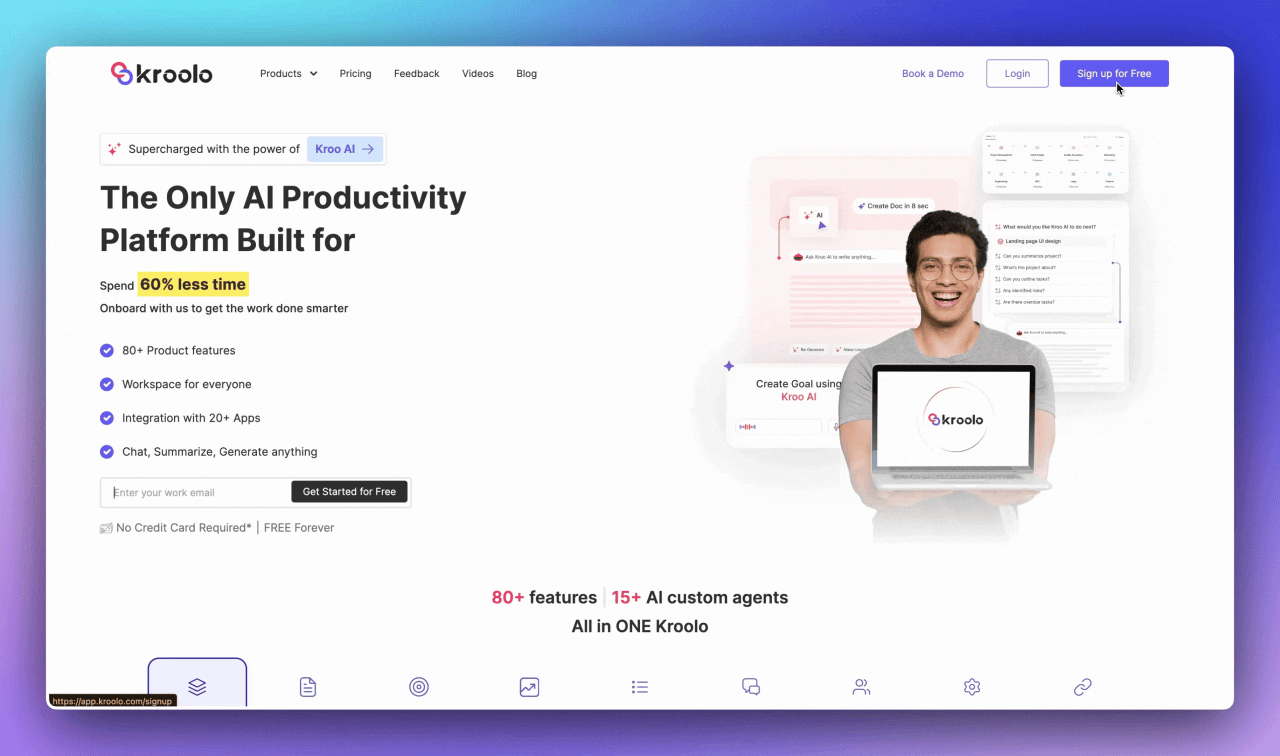
Why It Stands Out:
Kroolo combines AI-driven task planning, goal tracking, and timeline mapping into a clean, unified workspace. Its roadmap feature lets you visualize strategic initiatives, set dependencies, and collaborate in real-time—all from one smart dashboard.
Key Features:
Dynamic roadmap creation with AI suggestions
Milestone planning, goal linking, and progress tracking
Custom views: timelines, Kanban, list
Ideal for product teams, startups, and cross-functional projects
📌 Best For: AI-first teams and businesses looking for smart automation in roadmapping.
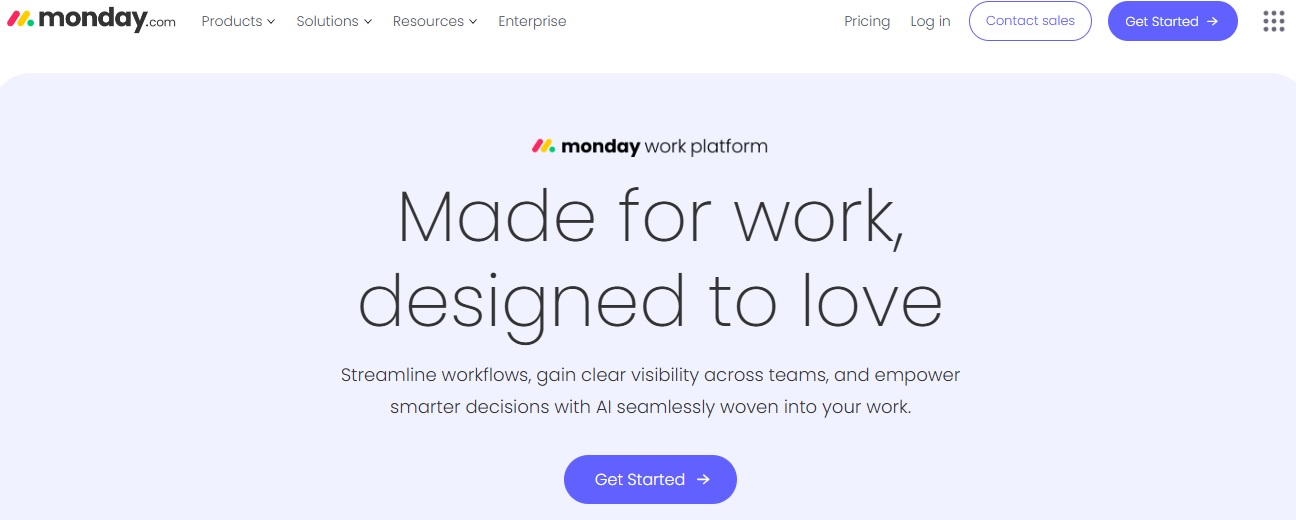
Why It’s Popular:
Monday lets users build colorful, drag-and-drop roadmaps that are highly customizable. It supports both high-level planning and day-to-day task management.
Key Features:
📌 Best For: Enterprises and marketing teams.
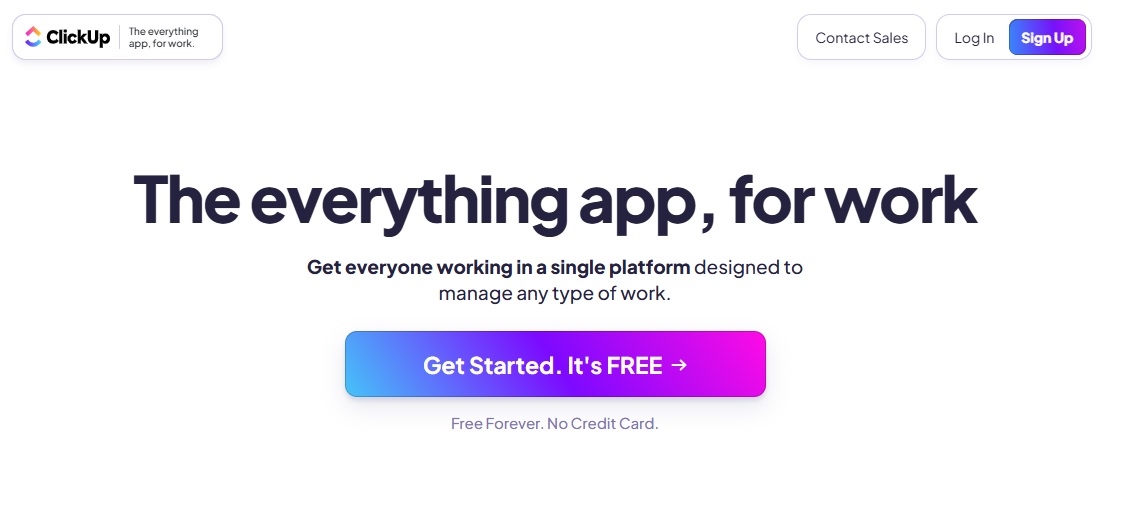
Why It’s Effective:
ClickUp combines goals, docs, tasks, and timelines in one platform. The Roadmap view is ideal for planning sprints and visualizing long-term initiatives.
Key Features:
📌 Best For: Agile teams and power users who want full customization.
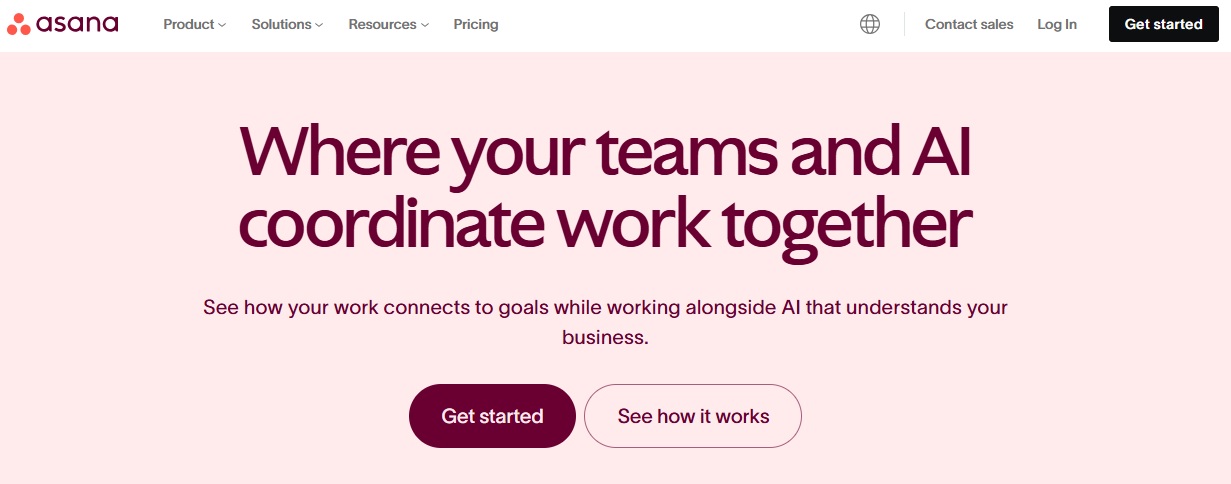
Why It’s User-Friendly:
Asana is known for its simplicity and clarity. With its Timeline view, teams can plan out long-term initiatives and adjust timelines intuitively.
Key Features:
📌 Best For: Mid-sized teams and managers who need clarity without complexity.
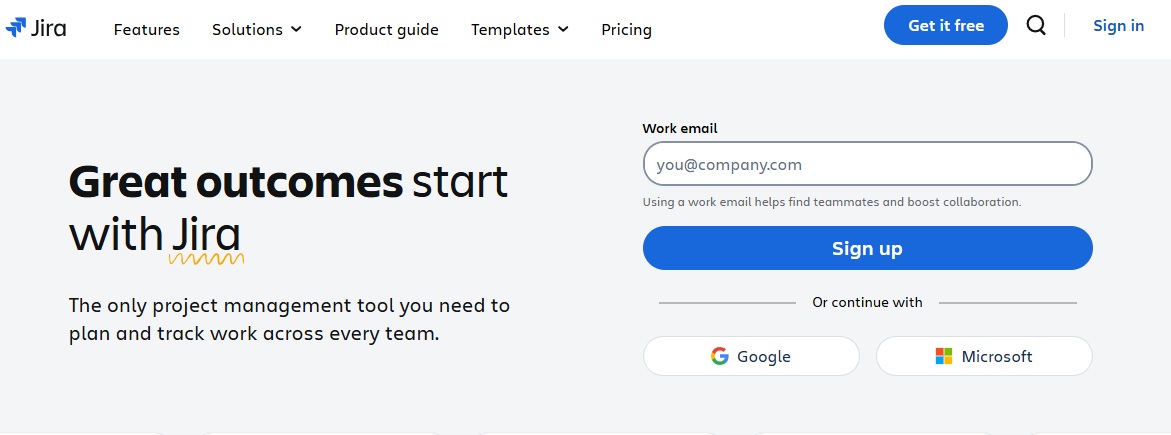
Why Developers Love It:
Jira’s Advanced Roadmaps (available in Jira Premium) allow for detailed release planning, sprint timelines, and epic-level progress tracking.
Key Features:
📌 Best For: Software development teams and DevOps workflows.
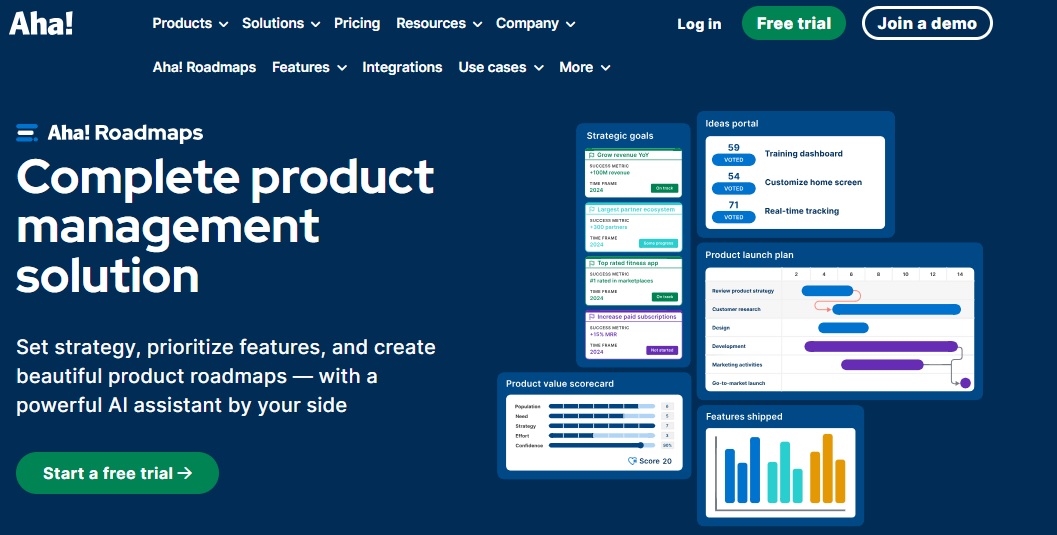
Why It’s Purpose-Built:
Aha! offers a dedicated suite for product and project roadmapping. You can connect initiatives to company goals and track progress across portfolios.
Key Features:
📌 Best For: Product managers and executive teams.
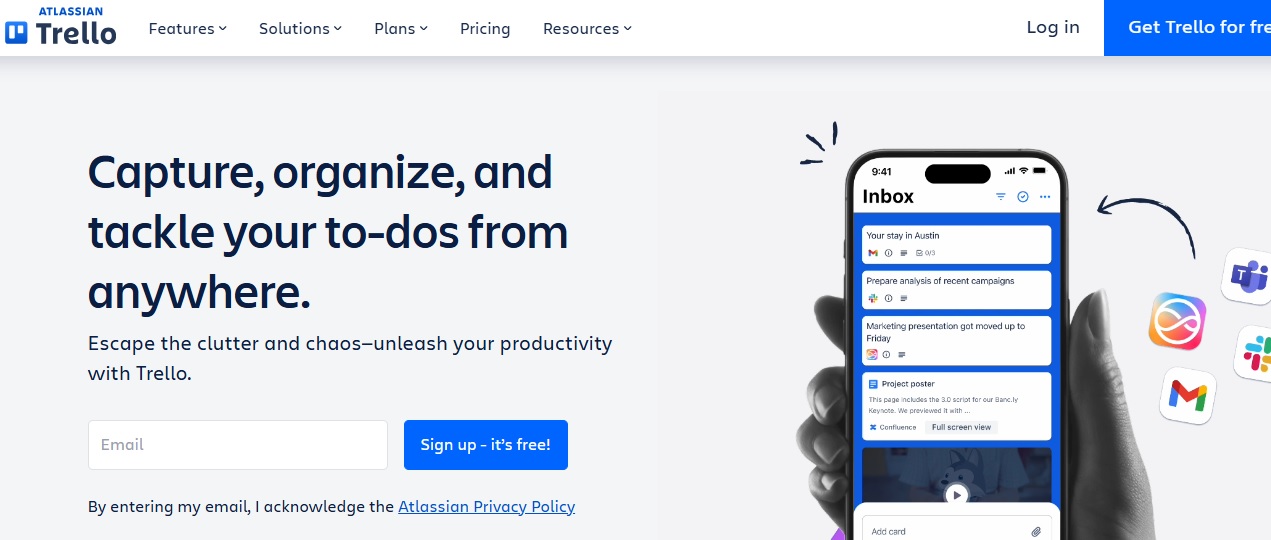
Why It’s Flexible:
Trello is a visual, card-based tool that now includes timeline and calendar views through its premium plans—great for basic roadmapping and visual workflows.
Key Features:
📌 Best For: Lightweight projects and teams new to roadmapping.
Here are some of the factors that you need to consider while choosing the best project management software for your business -:
A well-crafted project roadmap is a flexible instrument that directs project activity and changes with time demands. Teams should adopt these best practices if they are to optimize their efficacy:
1. Including participants early in the process of designing a roadmap
From the beginning, involve important players to match expectations, priorities, and goals. Their advice guarantees that the path map captures a vision and gets buy-in.
2. Regularly updating and revisiting the roadmap
Projects and the road map should change. Plan frequent meetings to examine development, change course, and include fresh ideas.
3. Balancing high-level goals with actionable details
Although a road map offers a strategic picture, it should also contain enough information to direct daily activities without overloading the staff.
4. Using software tools effectively to automate updates and track progress
Use project management tools to track benchmarks, simplify updates, and give stakeholders real-time progress. This keeps everyone updated and reduces hand labor.
Conclusion
A successful project depends on efficient strategic planning in today's complicated and fast-paced commercial world.
With their high-level overview of objectives, schedules, and resources, project roadmaps are indispensable tools for stakeholder engagement and team alignment.
Leading project management software enables businesses to develop flexible, dynamic roadmaps that promote cooperation, efficiency, and clarity.
Roadmaps promote proactive decision-making and guarantee smooth implementation for large-scale infrastructure projects, marketing campaigns, or software development.
Ultimately, companies of all sizes and sectors may overcome obstacles, maximize resources, and succeed over the long run by combining strategic roadmapping with strong project management techniques.
Now is the time to put project roadmaps and the necessary resources into action, setting the foundation for long-term growth and substantial outcomes.
Tags
Project Management
Productivity